With the increasing demand for analytics at the same time as increasing pressure to cut costs, we have to figure out how to do more with less. In the last post I talked about how using the right tools for the job helps us along those lines, and the example was using an ETL tool instead of a reporting tool for data extracts. Another example of using the wrong tool for the job–and this one is sure to implicate a broader population of you…and me–is when Excel is used as a dashboard tool.
Excel is an amazing piece of software that can do a lot of things, but it shouldn’t house your corporate dashboards. The main problem with using something like Excel for your dashboards is distribution. There isn’t an inherent mechanism for automating the refresh and distribution of the dashboard output to end users, at least without a lot of macros and other crazy antics. So after spending a lot of time and effort wrestling Excel to get it to look and act the way a good dashboard should, a lot of time and effort is then wasted on figuring out how to get the dashboard out to the masses.
A proper dashboard tool (like Business Intelligence tools: QlikView, Tableau, and even Business Objects Web Intelligence in certain situations) combines snazzy graphics, user-friendly functionality, and speed with easy distribution to any number of end users.
In addition to solving the distribution problem, a good dashboard tool has the following benefits:
- Interactivity – Users can filter, sort, and drill-down on the data to gain new insights quickly and easily
- Safety – This “ad-hoc lite” functionality is done within a very controlled environment, so making incorrect calculations or filtering the wrong way is hard to do
- Mass Appeal – Good dashboards are so attractive and easy to use (and dare I say fun?) that they appeal to a much broader group of people than traditional analytics tools — this can really help gain support for the overall data warehousing and analytics effort
Admittedly, good dashboard tools are not cheap, and certainly not as cheap as the copy of Excel that is already sitting on your computer. But when you factor in the amount of work it takes to develop the dashboard in Excel, refresh it regularly, and distribute it out to the organization, and then add in the lack of interactivity, I think it’s a worthwhile investment that will pay for itself in increased efficiency over time.
Next time we’ll move from getting the right tools in place to optimizing our people resources.
